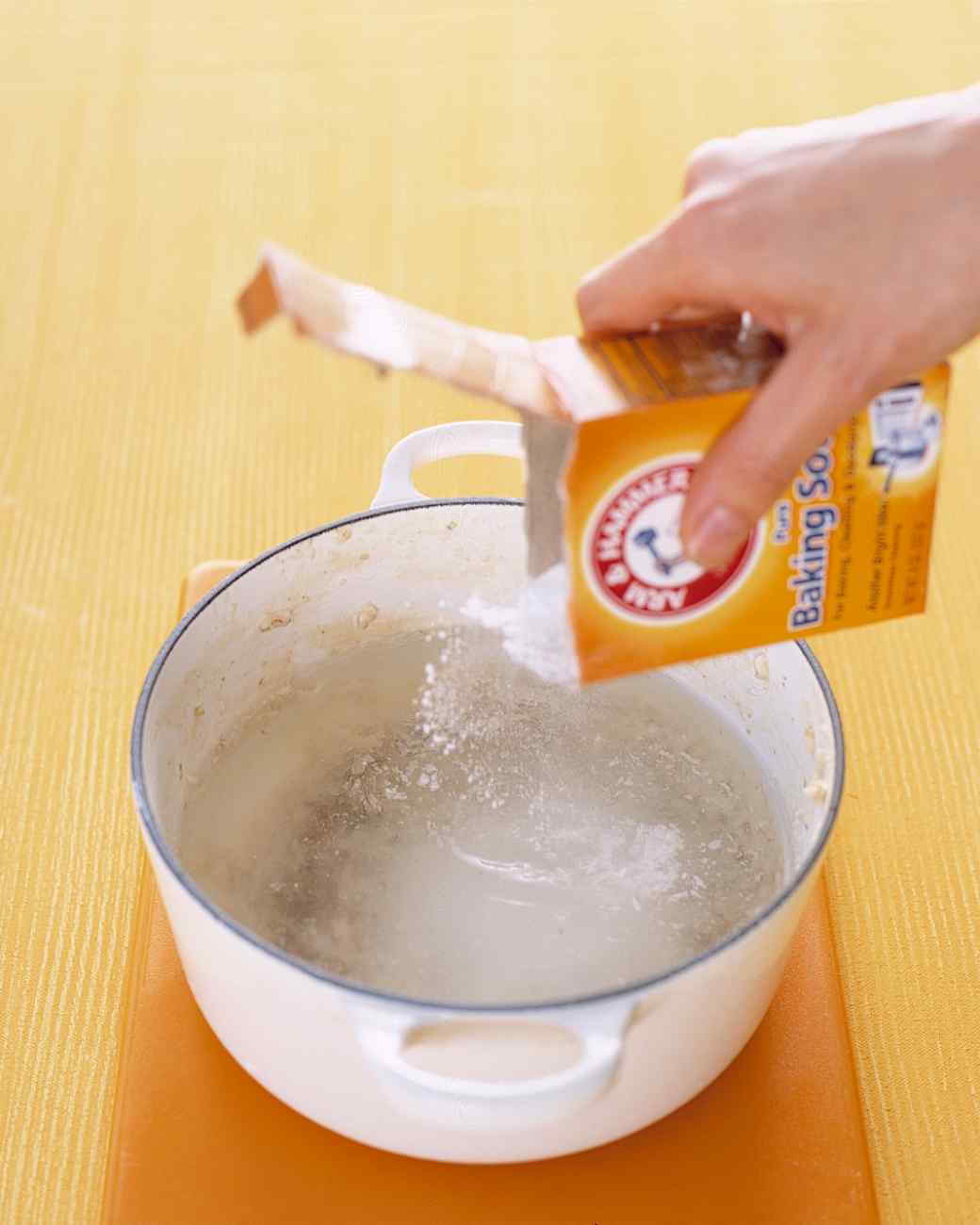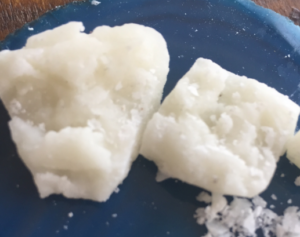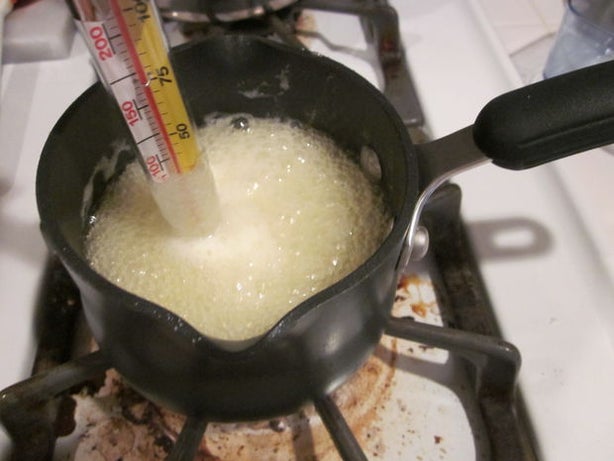

The Fair Sentencing Act of 2010 closed the gap between harsh crack cocaine possession laws and less harsh powder cocaine possession laws. The stigma of crack cocaine as a violent, highly addictive drug likely influenced these harsh penalties. Possession of crack cocaine in the United States has historically led to severe punishments, including a mandatory prison sentence for first-time offenses.

Risks Of Crack Cocaine Production & Possessionīuying or selling crack cocaine increases the risk of being caught with the drug by law enforcement. The name “crack” may come from the crackling sound the rocks make as they are smoked. Removing and drying the solid substance results in a solid crystal, which can be broken down and sold as crack cocaine. The mixture is heated to a boil until a solid substance forms. The process is relatively simple and involves ingredients that are easy to obtain.Ĭocaine powder, also known as hydrochloride salt, can be dissolved in a mixture of water and either ammonia or sodium bicarbonate (also known as baking soda). Smoking crack can lead to both legal and personal health repercussions in the long term.Ĭrack cocaine is a form of cocaine made from cocaine powder.

Crack cocaine is a popular illicit drug due to its simple production process and ease in producing large amounts.Ĭrack cocaine use is a form of illicit substance use. These crystals or “crack rocks” can be smoked, leading to a rapid high similar to the effects of cocaine. The mixture is heated/cooked, removed from the leftover liquid, and dried, leaving a crystal known as crack cocaine or freebase cocaine. Crack cocaine, also known as crack, is made by mixing cocaine powder with water and either ammonia or baking soda.


 0 kommentar(er)
0 kommentar(er)
